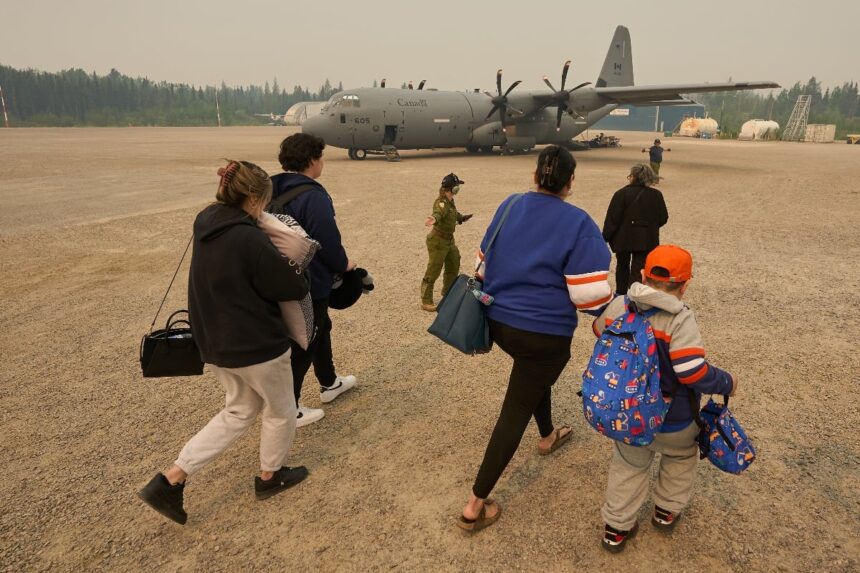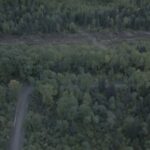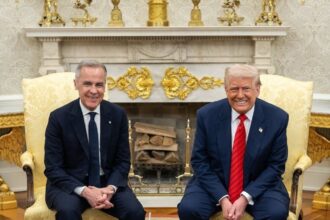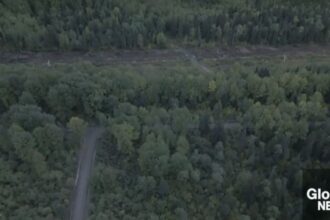As smoke blankets northern Saskatchewan communities and thousands flee advancing flames, Premier Scott Moe’s decision to forgo military assistance has ignited heated debate across the province. The controversial move comes as the wildfire crisis reaches unprecedented levels, with over 120 active fires currently threatening communities and critical infrastructure.
“We believe our provincial resources are sufficient at this time,” Premier Moe stated during yesterday’s press conference in Regina, despite mounting criticism from opposition leaders and affected community members. “Our Saskatchewan Public Safety Agency has the expertise and equipment to handle the situation without federal military intervention.”
The decision stands in stark contrast to neighboring Alberta, where Premier Danielle Smith requested and received Canadian Armed Forces support last week for their own wildfire crisis. Military personnel are currently assisting with evacuations, logistics, and firefighting efforts across Alberta’s northern communities.
Northern Saskatchewan residents expressed confusion and frustration over the decision. James Natomagan, evacuated from La Ronge three days ago, questioned the premier’s reasoning: “We’re watching our homes being threatened while resources are stretched thin. If help is available, why wouldn’t we accept it?”
The Saskatchewan Public Safety Agency reports that firefighting crews are working 16-hour shifts with limited breaks as they attempt to contain fires threatening communities including Buffalo Narrows, La Loche, and several First Nations territories. Five major fires have doubled in size over the past 48 hours due to high winds and dry conditions.
Climate scientists from the University of Saskatchewan have linked the intensity of this year’s wildfire season to climate change patterns affecting the boreal forest region. “What we’re witnessing is consistent with predicted climate impacts for this region,” noted Dr. Emma Richardson, whose research tracks wildfire patterns across western Canada. “These are no longer anomalous events but representative of our new climate reality.”
According to Canada News reports, the federal government maintains that military assistance remains available should Saskatchewan officials request it. Minister of Emergency Preparedness Bill Blair confirmed that preparations have been made to deploy personnel within 24 hours if provincial authorities reverse their decision.
Opposition leader Carla Beck criticized the premier’s stance as “political posturing at the expense of public safety,” suggesting the decision reflects ongoing federal-provincial tensions rather than operational needs. Indigenous leaders from affected northern communities have similarly questioned whether adequate resources are truly reaching remote areas.
The Saskatchewan Association of Rural Municipalities estimates that firefighting costs have already exceeded $45 million this season, with economic impacts from evacuations, business disruptions, and infrastructure damage potentially reaching hundreds of millions. The financial toll raises questions about long-term business implications for affected communities.
As evacuees shelter in Regina, Saskatoon, and Prince Albert, many wonder how long the province can sustain its independent approach. With weather forecasts predicting continued hot, dry conditions and shifting winds, the question remains: at what point does regional autonomy yield to the practical reality of an escalating natural disaster?

























